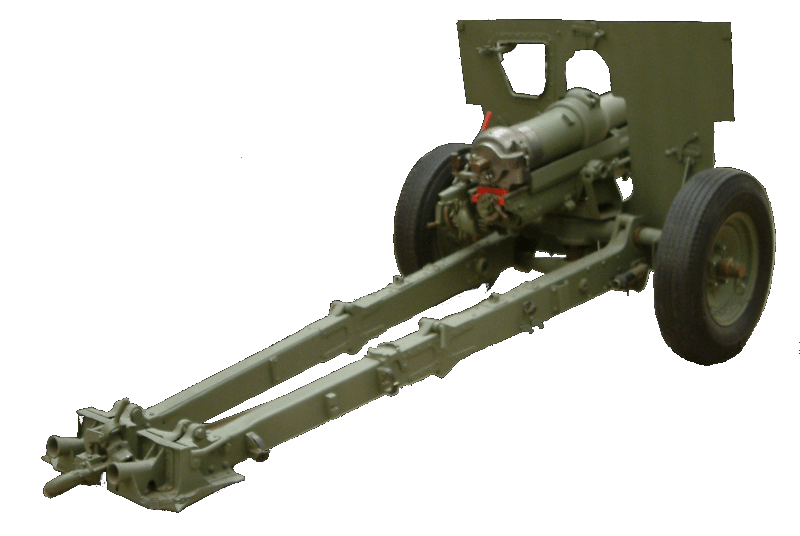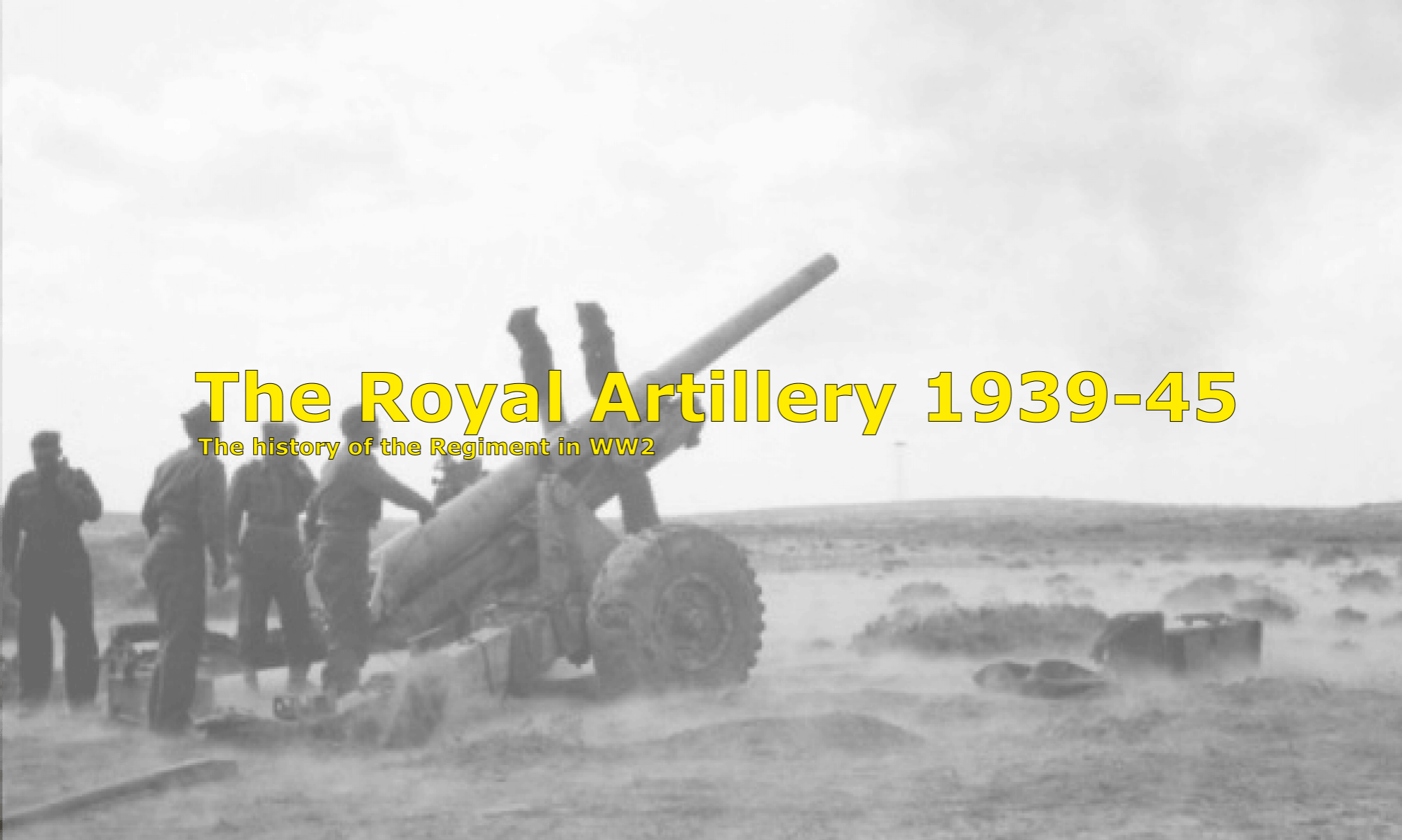
Introduced, officially, in February 1917 the 3.7 inch Mountain Howitzer broke down into several loads for either man or mule packing. The barrel was in two halves joined by a junction nut. Used during WW2 mainly in the Far East and Italy, it equipped the mountain batteries and was also used by the airborne artillery until replaced by the US 75 mm Howitzer. It was not declared obsolete until 1960.
Gun
| Mark 1 | Original 2 piece barrel |
| Mark 1/1 | Introduced in 1944 with a simplified breech mechanism |
| Mark 1/2 | Introduced in 1945 with a new firing pin unit |
| Mark 1/3 | Obsolete 1960 |
Carriage
| Mark 1 | Split trail, wooden wheels, pack carriage |
| Mark 2 | As Mark 1 but with fittings for animal draught |
| Mark 3 | As Mark 2 but with fixed spades |
| Mark 4P | Pneumatic tyred |
| Mark 5 | Light version for airborne use |
Crew
| No.1 | Detachment Commander |
| No.2 | Breech Operator |
| No.3 | Layer |
| No.4 | Loader |
| No.5 | Ammunition preparation |
| No.6 | Ammunition |
There were 3 extra crew when using animal transport
Data
| Weight of gun & breech mechanism | 451.5 lbs |
| Weight of the breech section | 247 lbs |
| Weight of the chase section | 204.5 lbs |
| Weight in action | 1,856 lb s |
| Total length of barrel | 46.8 inches |
| Length of bore | 43.5 inches |
| Rifling | 28 grooves uniform Right Hand 1/25 |
| Breech mechanism | Interrupted screw |
| Elevation | minus 5º to plus 40º |
| Traverse | 20º Left & Right |
| Recoil system | Hydropneumatic variable |
| Recoil length | 17.5 to 35 inches |
| Length in action | 11.1 feet |
| Width over wheel hubs | 4.8 feet |
Performance
| With 20 lb Shrapnel shell | |
| Muzzle velocity | 973 feet/second |
| Maximum range | 6,000 yards |
| With 20 lb High Explosive shell (maximum Charge 4) | |
| Muzzle velocity | 798 feet/second |
| Maximum range | 4,500 yards |
Ammunition
| Shell High Explosive Mark 3 | Amatol filled. Restricted to Charge 4 or less |
| Shell Shrapnel Mark 6 | Nose ejecting filled with lead/antimony bullets |
| Shell Smoke Bursting Mark 3 | White phosphorus filled |
| Shell Smoke Base Ejection Mark 1 | Rarely seen |
| Shell Star Mark 3 | Star unit & parachute with Fuze Time & Percussion No 221T |
| Shell HEAT Mark 1 | Developed 1942 |
| Propelling Charge | |
| 5 part in 3.6 inch long brass case | |
